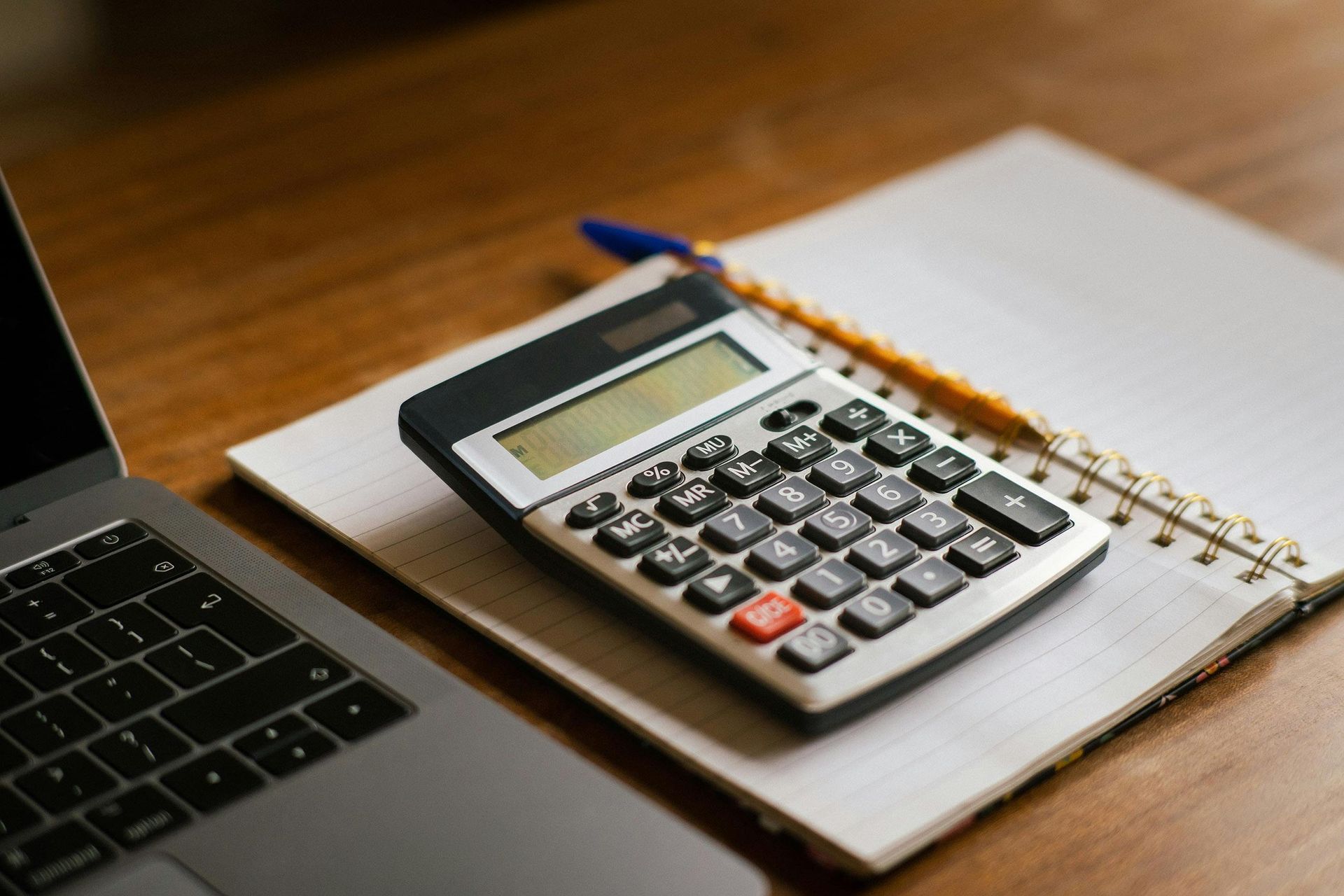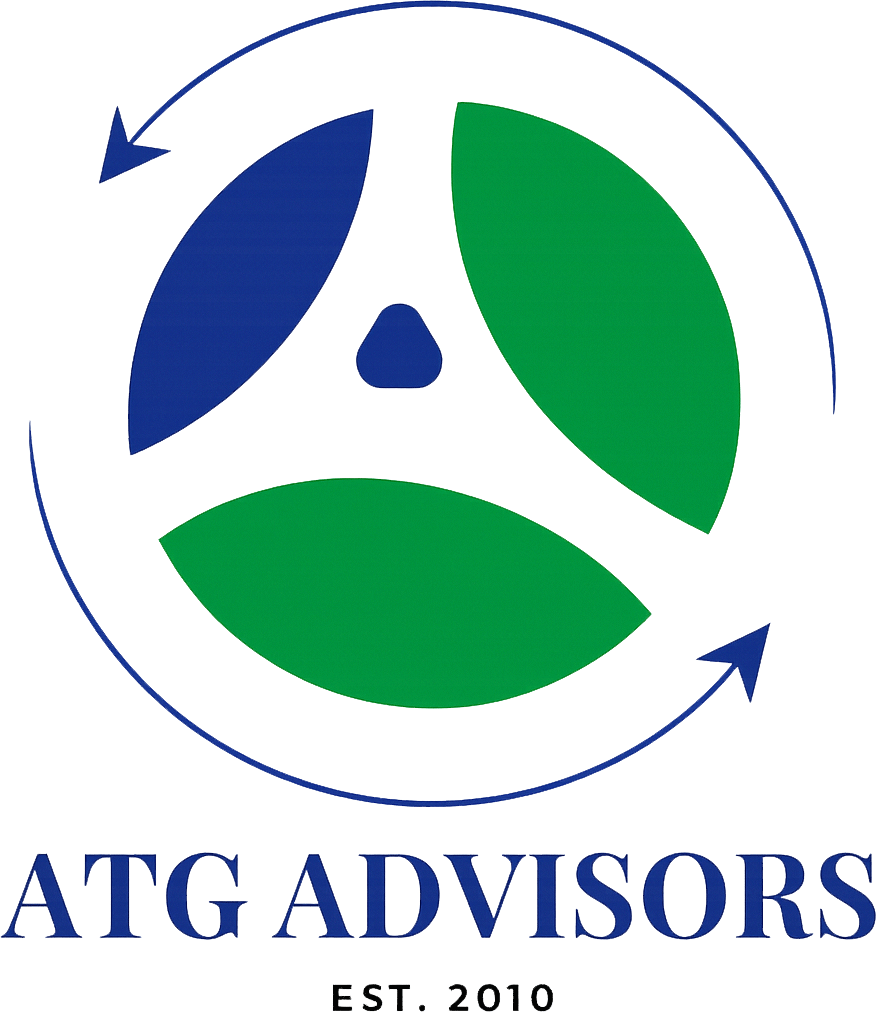How to Reduce Payroll Costs Without Cutting Staff

Payroll is often the largest expense for most organizations—and one of the most sensitive. Whether you're a small business, nonprofit, or healthcare provider, cutting staff isn't always an option. Fortunately, there are smart, compliance-friendly ways to reduce payroll-related costs without letting people go or freezing hiring.
In this article, we’ll explore how to reduce payroll costs through strategic tax planning, benefits optimization, and process automation—while keeping your team intact and motivated. These tactics can free up capital for growth, improve cash flow, and strengthen your employee value proposition.
Understanding What Drives Payroll Costs
Payroll costs include more than just gross wages. Total employer expenses often consist of:
- Wages and salaries
- Employer-side payroll taxes (Social Security, Medicare, FUTA, SUTA)
- Workers' compensation insurance
- Health and retirement benefits
- Paid time off
- Payroll processing and administrative costs
Reducing payroll costs doesn’t mean reducing compensation—it means reducing inefficiencies, overpayments, and unnecessary tax exposure.
1. Implement a Section 125 Cafeteria Plan
One of the most effective tools for reducing payroll tax liability is the Section 125 plan, also known as a cafeteria plan. These plans allow employees to pay for eligible benefits like health insurance, dental, vision, and dependent care with pre-tax dollars—reducing both employee and employer FICA tax burdens.
How It Works:
- Employee elects to have $300/month deducted pre-tax for health insurance
- Employer saves 7.65% on that $300 (~$23/month per employee)
- Over 10 employees = ~$2,700/year in savings
💬 Bonus: Employees also save on their income tax burden, meaning higher take-home pay at no extra cost to you.
📌 ATG offers bundled cafeteria plan design, administration, and payroll integration.
2. Optimize Employee Classification
Are your employees properly classified as W-2 employees or 1099 contractors? Misclassification can lead to:
- Back taxes and penalties
- Workers’ comp premium errors
- Liability for unpaid benefits
Correctly classifying employees ensures you only pay what’s required—not more.
What to Review:
- Independent contractor agreements
- Employee handbooks and onboarding
- Nature of work (supervision, schedule, tools provided)
🛠️ ATG performs compliance reviews to ensure proper classification and reduce unnecessary exposure.
3. Take Advantage of the Work Opportunity Tax Credit (WOTC)
The Work Opportunity Tax Credit is a federal program that allows employers to earn a tax credit of up to $9,600 per qualifying employee hired from targeted groups, including:
- Veterans
- Long-term unemployed
- SNAP (food stamp) recipients
- Ex-felons
- SSI or vocational rehab participants
If you’re hiring in 2025, you could recover thousands in tax credits by simply screening employees during onboarding.
📌 ATG integrates WOTC screening into your hiring process and files all required certifications.
4. Reassess Overtime and Workload Allocation
Excessive overtime can eat into profitability and burn out your team. Instead of adding hours, consider:
- Cross-training employees to share responsibilities
- Shifting non-essential tasks to part-time or remote contractors
- Using workflow automation to reduce manual labor
Example:
A staff member making $25/hour working 10 hours/week in overtime =
$25 x 1.5 x 10 = $375/week or $1,500/month in extra cost
Shifting 5 hours to a trained admin at $18/hour can yield instant savings without affecting productivity.
5. Leverage Technology and Payroll Automation
Manual payroll processes are not only time-consuming—they're expensive. Between missed deductions, late filings, and miscalculations, small errors can result in major costs.
What to Automate:
- Time tracking and attendance
- PTO accrual and approvals
- Payroll tax filing and deposits
- Benefits, deductions and reimbursements
- Year-end W-2 and 1099 generation
💻 ATG Advisors partners with ADP, Gusto, and other cloud-based platforms to provide seamless automation with real-time visibility.
6. Outsource Payroll to a Cost-Efficient Provider
Payroll administration is a classic area where outsourcing reduces risk and cost. By working with a payroll service provider that understands your industry:
- You avoid tax filing errors and penalties
- You reduce HR overhead
- You stay compliant with ever-changing laws (FLSA, ACA, state regs)
📉 ATG Payroll Services average $12/month per employee, with no hidden fees and built-in compliance review.
7. Introduce Tax-Efficient Retirement Contributions
Employers often match employee retirement contributions without realizing they can strategically structure contributions to maximize tax benefits.
Consider:
- Offering Safe Harbor 401(k) plans for small businesses (avoids certain IRS testing and encourages participation)
- Using profit-sharing contributions instead of raises (lower payroll tax impact)
- Creating vesting schedules that reduce liability for short-term employees
📊 ATG retirement planning services help you design plans that lower tax exposure and build team loyalty.
8. Conduct a Payroll Tax Audit
Many companies overpay or underpay payroll taxes—both of which are costly. An annual or semiannual payroll tax audit can help uncover:
- Misapplied tax codes
- Missed employee deferrals
- Duplicate deductions
- Late filings and interest charges
- State/federal compliance errors
🧾 ATG's Payroll Tax Audit service recovers missed savings and ensures compliance with IRS, SSA, and DOL.
Case Study: Cost Reduction Without Layoffs
Client: A 20-employee home healthcare agency in North Carolina
Challenge: Rising payroll costs and overtime, no budget for new hires
Solution (ATG Implemented):
- Introduced a Section 125 POP and dependent care FSA
- Moved timesheets and leave management to Gusto
- Reclassified three contractors as employees to comply with IRS rules
- Conducted WOTC screening during hiring
- Shifted monthly compliance filings to ATG's managed payroll service
Result:
- $11,250 saved in payroll taxes
- $3,900 in WOTC credits
- 18 hours/month administrative time freed
- 0 staff cuts
Summary: Save Without Sacrificing Staff
| Strategy | Average Savings Potential |
|---|---|
| Section 125 Plan | $400–$800/employee/year |
| WOTC Credit | Up to $9,600/employee |
| Payroll Automation | 15–30% admin cost reduction |
| Tax-Efficient Retirement | $2,000+ in employer tax savings |
| Classification & Audit Fixes | Varies; often 5–10% of payroll |
Let ATG Help You Keep Your Team and Cut Your Costs
Reducing payroll burden doesn’t mean cutting people—it means cutting waste and reclaiming opportunities the IRS allows but many companies overlook.
With ATG Advisors, you’ll gain access to:
- Tax-advantaged compensation strategy
- Automated payroll and compliance support
- Federal tax credit programs
- Retirement and benefit optimization
- Compliance risk reduction
Schedule your payroll cost review today
📧
info@atgadvisors.com | 📍
704-957-5194
Related Articles
- “Why Every Nonprofit Should Consider a Section 125 Cafeteria Plan”
- “Top 7 Tax Strategies for Business Owners in 2025”
- “Understanding Employee Classification: W-2 vs. 1099”



